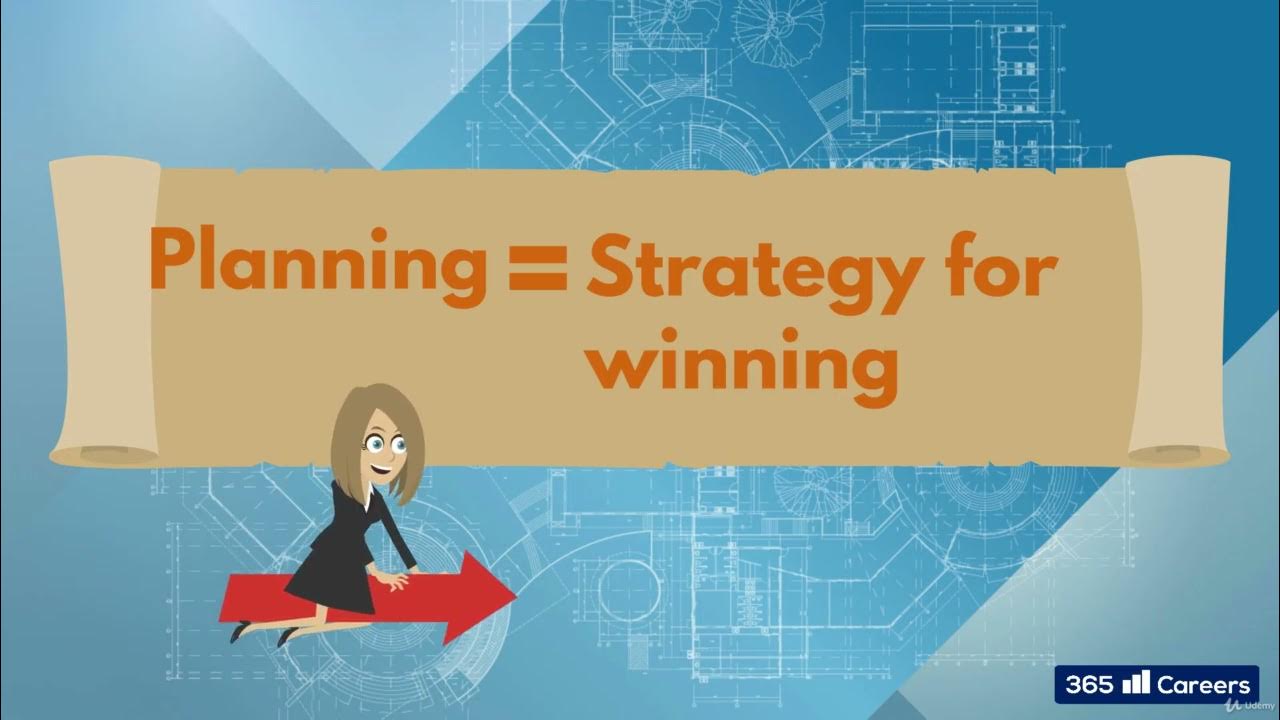Framing a Futures & Foresight Project: A Detailed Account
Summary
TLDRThis video script delves into the crucial preliminary aspect of framing a futures and foresight project. It emphasizes the importance of clearly defining the project's scope before commencement, highlighting the three main components of framing: domain description, assessment, and logistics. The script provides insights into formulating the focal issue, setting geographical boundaries, time horizons, and identifying stakeholders, ultimately guiding organizations through the strategic planning process for effective scenario development and foresight.
Takeaways
- 📌 Framing is a preliminary and crucial step in futures and foresight projects, defining the scope and objectives before starting.
- 🔍 Framing involves meetings and discussions to clarify the project's focus and is not limited to futures and foresight but is a generic skill.
- 🌐 The domain description, a key part of framing, includes four elements: focal issue, geographical boundaries, time horizon, and stakeholders involved.
- 🎯 The focal issue defines the subject matter and can be formulated as a 'futures of x' statement or a 'how' question, depending on the organization's needs.
- 🗺 Geographical boundaries set the spatial limits of the scenarios, influenced by the organization's activities and the focal issue's context.
- ⏳ The time horizon determines how far into the future the scenarios will extend, typically ranging from 10 to 20 years, and is influenced by technological change and socio-political events.
- 🤝 Stakeholders involved are external parties that impact the future examined, including suppliers, customers, competitors, and other interest groups.
- 📊 The assessment component of framing decides the scenarios' purpose and how to measure their success, including expected outcomes and achievement measures.
- 🛠 Logistics covers the project's technical details, such as team composition, project duration, workshop structure, resource allocation, and the foresight method to be used.
- 💡 Proper framing is essential for building a convincing case for the necessity of futures and foresight work and demonstrating professional expertise.
Q & A
What is the primary purpose of framing in futures and foresight projects?
-Framing in futures and foresight projects is about defining as clearly as possible what the project is going to be about, which is crucial for determining the success or failure of the whole project.
Why is framing considered a generic skill rather than a specific one for futures and foresight?
-Framing is considered a generic skill because it is something done in any consulting project, not just in futures and foresight, although it is super important in this context.
What are the three main components of framing a futures and foresight project?
-The three main components of framing are domain description, assessment, and logistics.
What is the focal issue in the context of domain description?
-The focal issue is the subject matter of the scenarios, indicating what futures will be explored, and can be formulated as a 'futures of x' statement or a 'how' question.
Can you provide an example of a 'futures of x' statement?
-An example of a 'futures of x' statement is 'the futures of university education', which explores different futures of university education.
How does the geographical boundaries element in domain description affect the scenarios?
-Geographical boundaries define the limits of space for the scenarios and are dependent on the country or countries where the organization is active or wishes to be active in the future.
What is the minimum time horizon for scenarios in futures and foresight projects?
-The bare minimum time horizon for scenarios is 5 years, but they can extend as far as 50 years or more into the future.
What factors influence the decision of the time horizon for the scenarios?
-The decision of the time horizon is influenced by the rate of technological change within the focal issue and expected socio-political events with reference to geographical boundaries.
Who are the stakeholders involved in the domain description component?
-Stakeholders involved include various parties external to the organization that will impact the futures examined in the focal issue, such as suppliers, customers, competitors, and policy makers.
What is the purpose of the assessment component in framing?
-The assessment component is about deciding what the scenarios are going to be used for, including the expected outcomes and measures to assess achievement.
What does the logistics component of framing involve?
-The logistics component involves deciding the technical particulars of the project, such as the scenario team composition, project duration, number of workshops, resources allocated, and the futures and foresight method to be used.
Outlines

このセクションは有料ユーザー限定です。 アクセスするには、アップグレードをお願いします。
今すぐアップグレードMindmap

このセクションは有料ユーザー限定です。 アクセスするには、アップグレードをお願いします。
今すぐアップグレードKeywords

このセクションは有料ユーザー限定です。 アクセスするには、アップグレードをお願いします。
今すぐアップグレードHighlights

このセクションは有料ユーザー限定です。 アクセスするには、アップグレードをお願いします。
今すぐアップグレードTranscripts

このセクションは有料ユーザー限定です。 アクセスするには、アップグレードをお願いします。
今すぐアップグレード関連動画をさらに表示
5.0 / 5 (0 votes)






